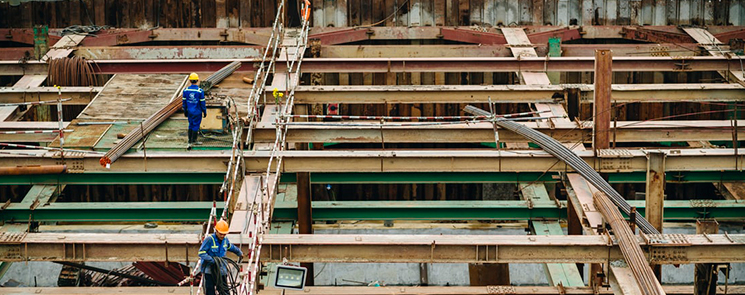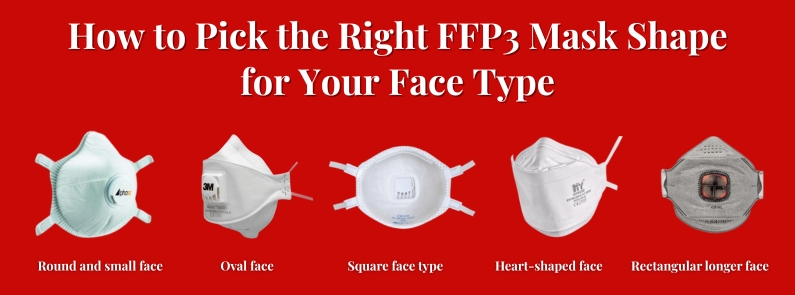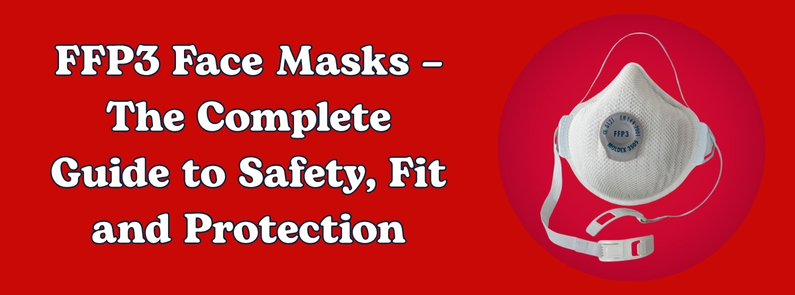
Unsafe practices while working at heights remains to be the most common causes of fatalities and accidents for construction workers. Here, in this post, you can find a list of the most common causes of accident and tips to prevent them when working at heights.
Ensuring the safety of construction workers when working at a height requires meticulous planning, proper training, and sufficient protective gear.
The most common causes of accidents when working at height are lack of stable surface, improper balance, stretching the limits of equipment, and lack of protective gear like helmet, dust masks, earplugs, etc.
Let's look into some of the most common causes of accidents associated with working heights and tips to prevent them.
Fragile Roofs
Any roofing structure improperly designed to support the weight of the construction crew and their instruments is prone to collapse. The risk of accidents increases manifold during adverse weather conditions by affecting work surfaces, material, and equipment.
Additionally, make-shift roofing made from cement or asbestos sheets might give in under unexpected loads. Such roofs do not only pose the risk of falling for the persons stepping or sitting on it, it is a safety hazard for persons working underneath it as well.
A safe practice while working on such fragile roofs is by using roof ladders with load bearing supports. These ladders distribute the load of the worker into a wider base and can safely sustain the load.
If extreme weather conditions such as winds, thunderstorms etc. increase the risk, it is advisable to postpone the work.
Safeguarding Against Falling Objects
Even small objects are sufficient to cause considerable damage to workers and materials when dropped from a height. The risk of falling for normal construction materials like bricks, tiles, tools, etc. can be mitigated by careful handling during the following operations:
- Transportation of construction equipment, materials and tools from ground to working area.
- Temporary storage of tools and materials while the work is underway.
- Transportation of tools and equipment back to ground after finishing the work.
Material falling can be prevented by avoiding the use of ladders to carry the materials and using clutches instead. Similarly use of physical safeguards such as guardrails and guardrails can mitigate the risk.
Ensuring Right Protective Gear
Different working conditions require protection for different body parts. It must be ensured that the working crew are provided with sufficient protection. Head is the most important part of the body and must be properly protected by a strong helmet. Head also contains some of the most delicate body parts such as eyes and ears, and proper care must be adopted to protect them.
Some of the most recommended protective pieces of equipment are:
- Helmets: Protective helmets keep the workers safe from the possibility of any head injury by sudden impact or falling object.
- Ear Plugs: If the workplace has the possibility of high noise levels such as turbines and mixers, ear plugs must be used for ear protection.
- Safety Glasses: Safety glasses are essential for the protection of eyes from foreign particles and harmful gases especially while welding.
- Face Masks: Personnel working with chemicals or flammable gases must use high quality dust and spray masks for the protection of skin and respiratory organs.
Unprotected Working Conditions
Towers without proper fencing or closure, scaffoldings, platforms during the initial stages of construction increases the risk of accidents for working crew.
Such risks can be reduced by installing safety net systems and fall arrest systems for workers. The safety nets must be designed properly and installed as close as possible to the working area.
Training and Emergency Rescue Procedures
All workers must attend adequate training and thorough instructions to ensure they understand the risks of working at a height. Additionally, a detailed standard operating procedure for handling machinery and materials must be provided.
A robust emergency plan must be in place to tackle all foreseeable events. Such emergency procedures can be adopted during accidents.
Parting Thoughts:
The high-level of risk associated while working at height requires proper assessment of working conditions, awareness towards the most common causes of accidents and periodic training.
Periodic safety inspects can help in identifying the risks and loop-holes to prevent accidents from happening. The tips mentioned in this article will definitely help in creating awareness and taking necessary precaution while working at heights for everyone’s safety.




